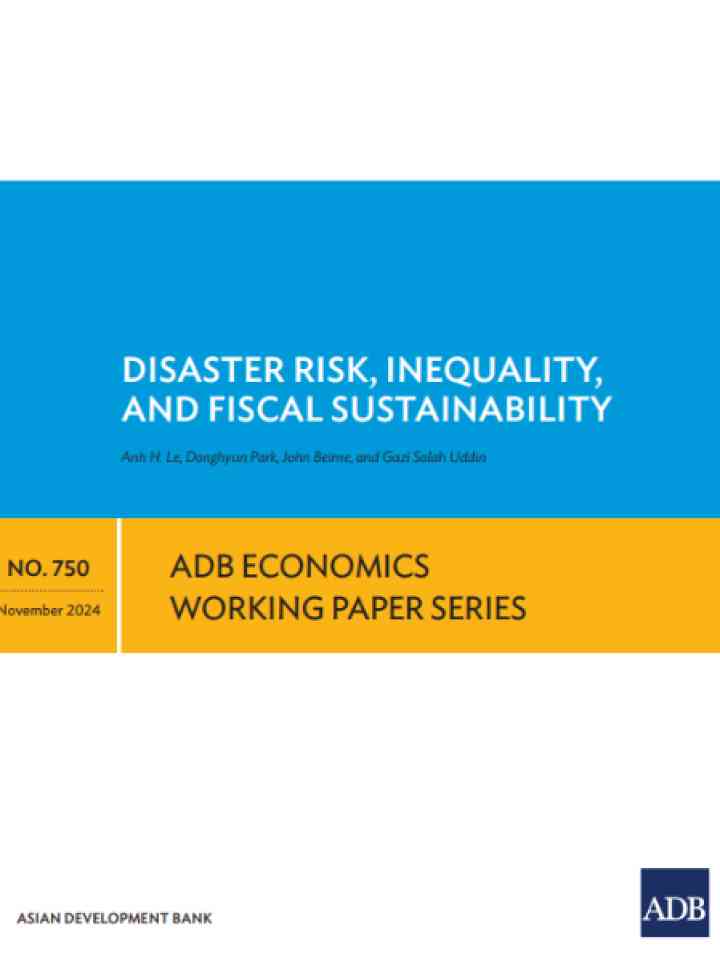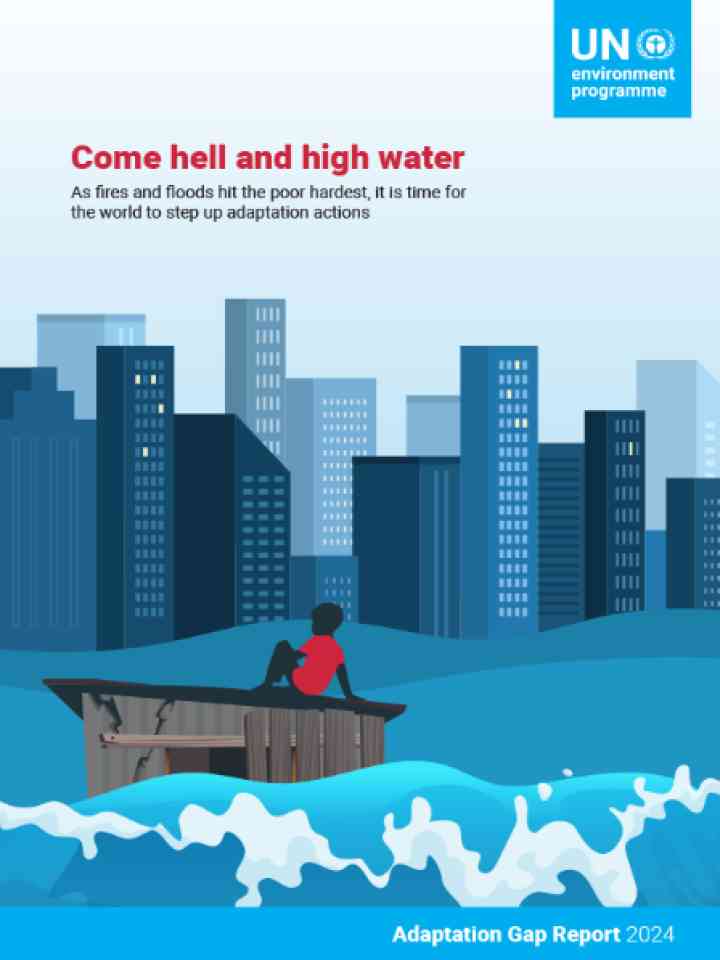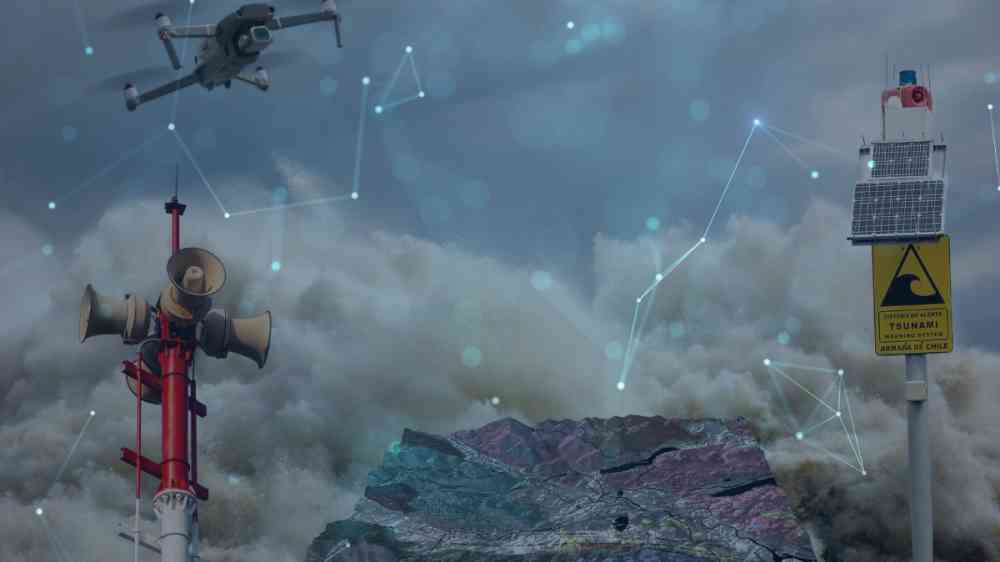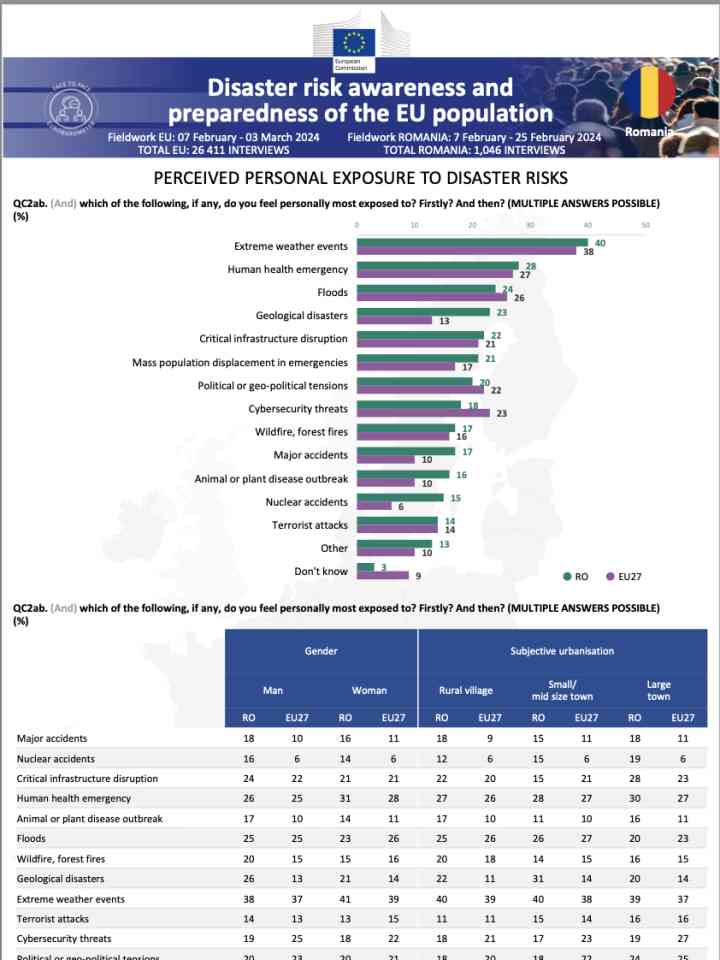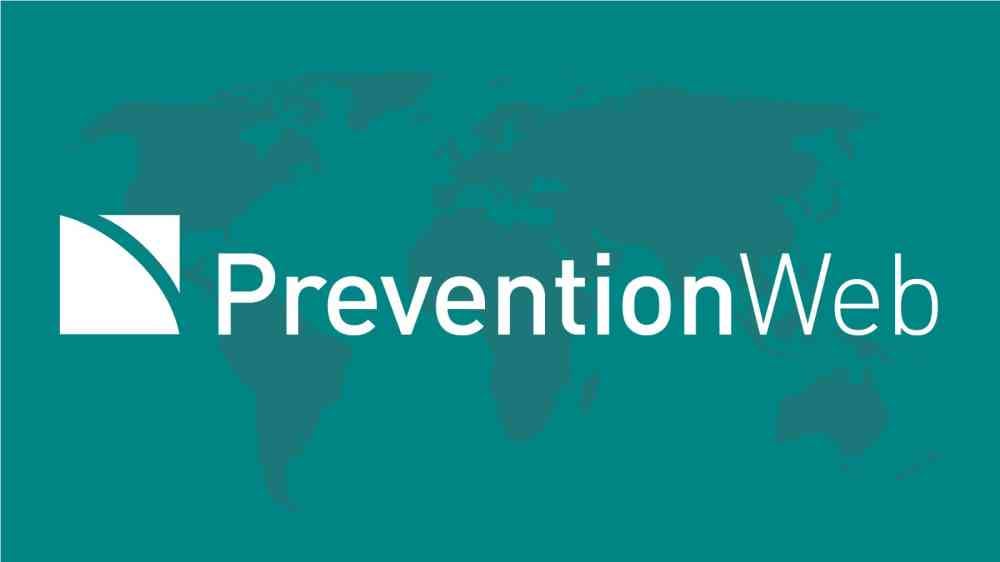Disaster risk management
Disaster risk management is the application of disaster risk reduction policies and strategies to prevent new disaster risk, reduce existing disaster risk and manage residual risk, contributing to the strengthening of resilience and reduction of disaster losses.
Latest Disaster risk management additions in the Knowledge Base
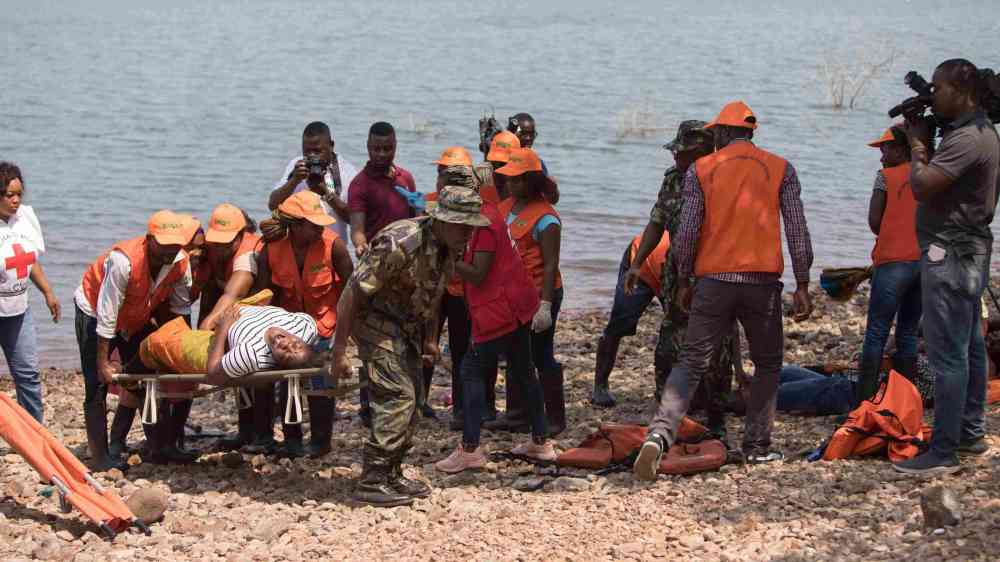
These resources will help you design, plan, and organize simulation exercises, drills and table top exercises.
